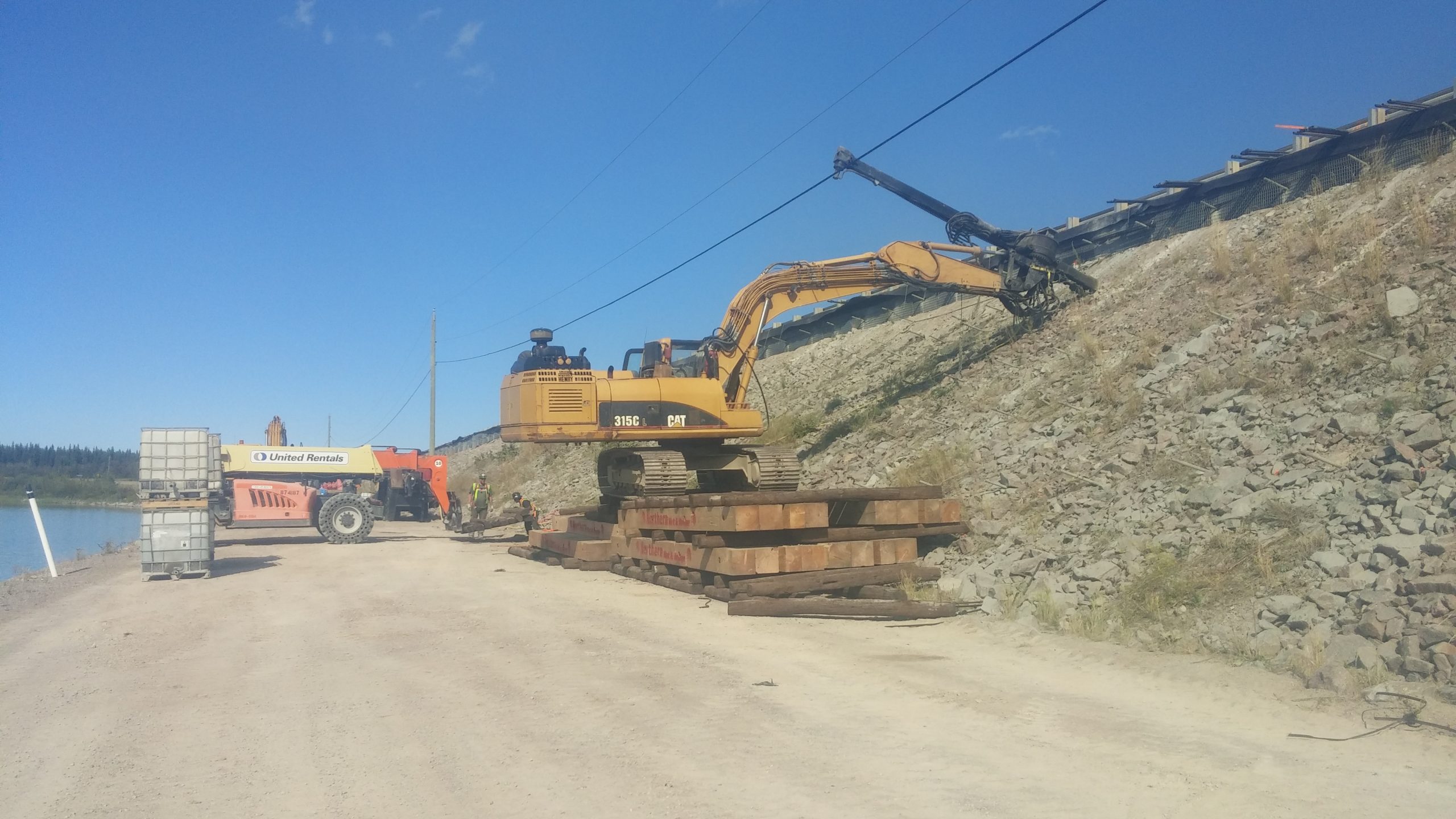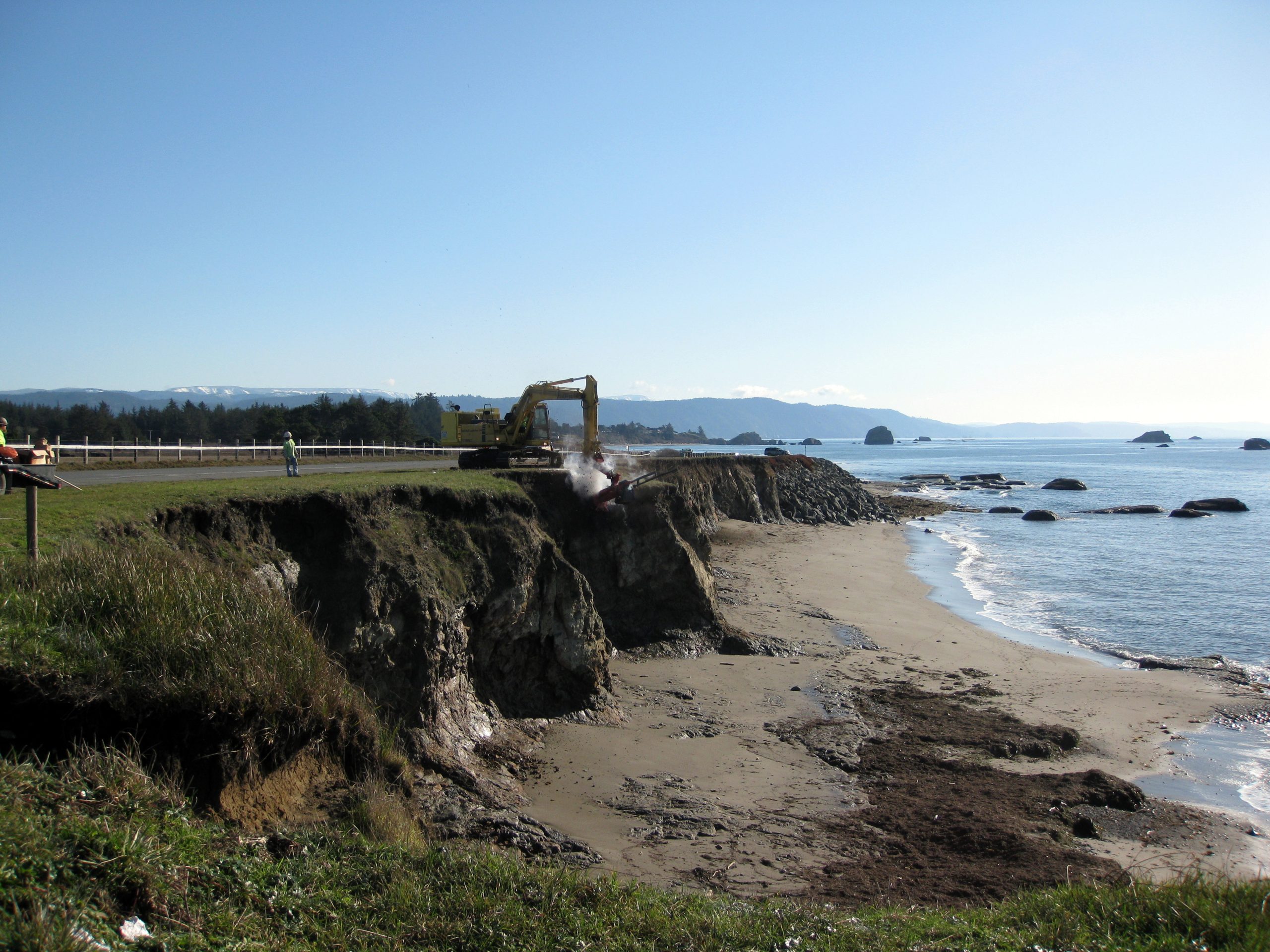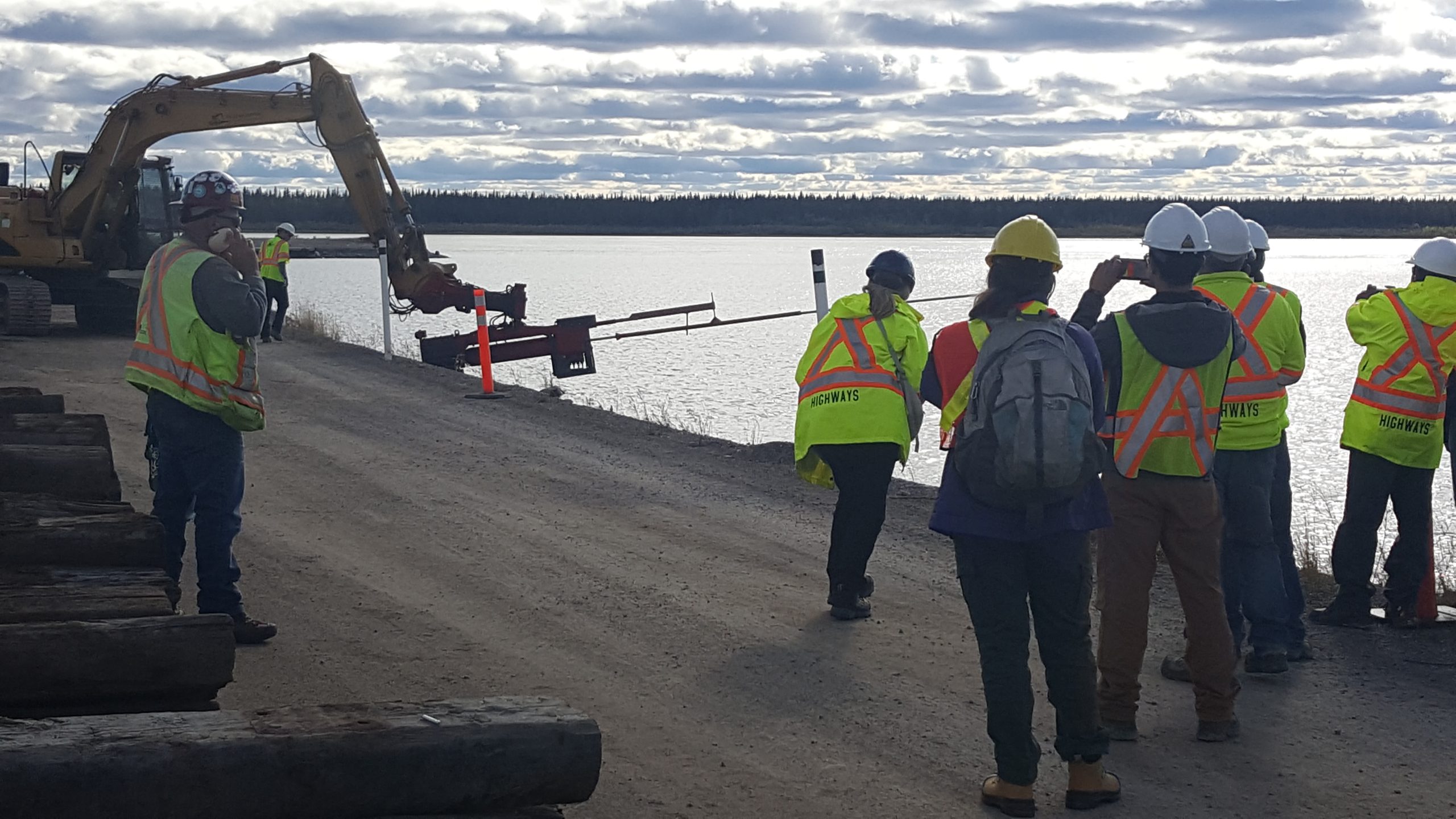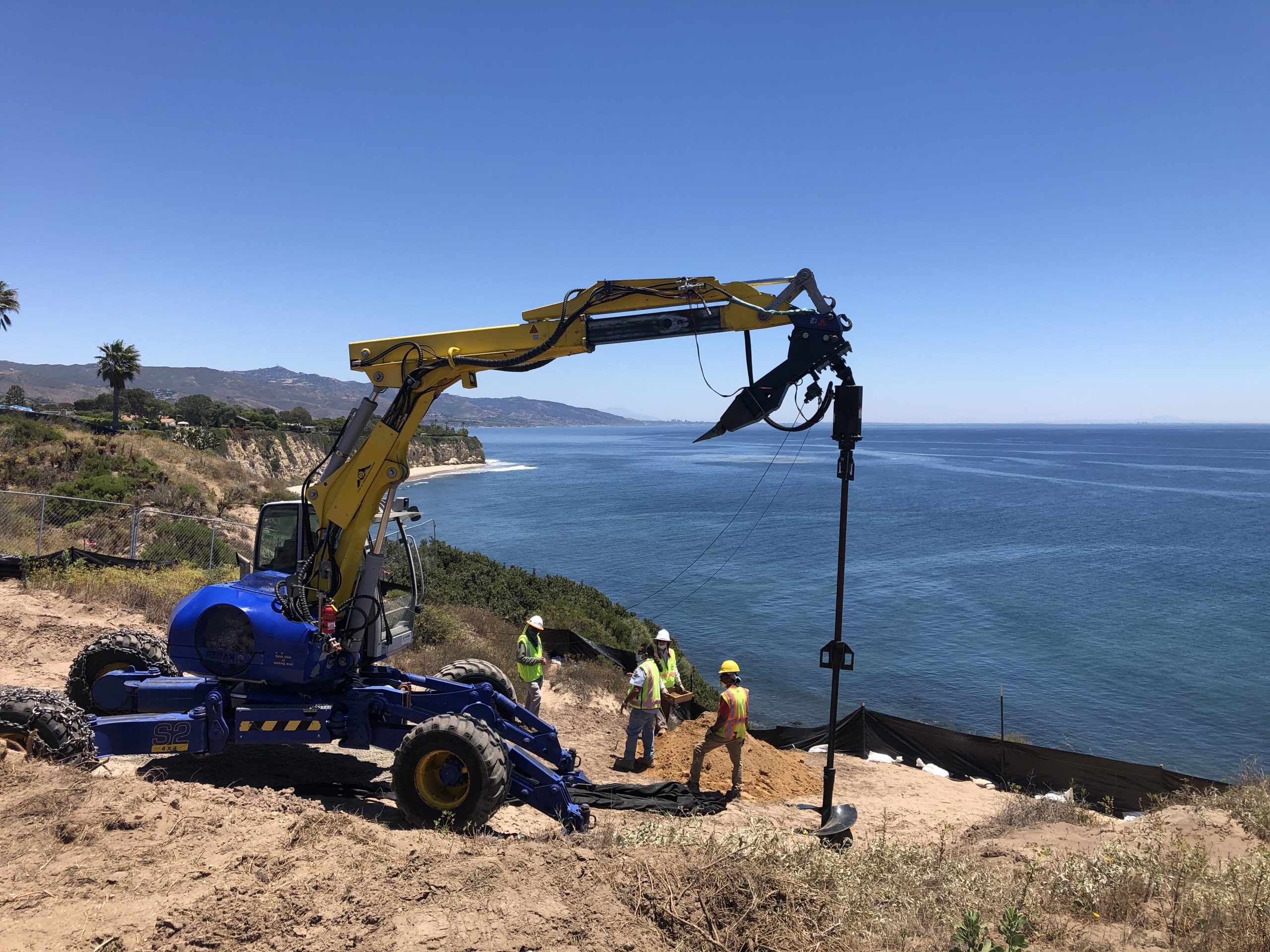This involves adding sand or sediment to beaches to replenish eroded areas and restore their natural profile. It helps to absorb the energy of waves and reduces the impact of erosion.
At Access Limited, we specialize in fortifying slopes and shores against the relentless forces of wind, waves, and tides. Our focus is on preventing erosion and maintaining stability, crucial elements for construction and development in coastal areas.
Contact Us
Coastal regions face the constant threat of erosion, which, without proper stabilization, can lead to landslides, property damage, and environmental degradation. It is essential to employ reliable methods to ensure stability. At Coastal Stabilization, we utilize cutting-edge techniques, with a special emphasis on fiberglass soil nails and SuperNails™, to provide sustainable, long-lasting solutions.
At Access Limited, we specialize in using fiberglass soil nails and SuperNails™ to fortify slopes and shores against erosion in coastal areas. Our expertise in stabilization techniques ensures enhanced stability, cost-effectiveness, and long-lasting results. Contact us today to discuss how our customized solutions can meet your specific needs and protect your assets from the relentless forces of wind, waves, and tides
There are several methods used to protect coastal areas from erosion. Some of the common methods include:
This involves adding sand or sediment to beaches to replenish eroded areas and restore their natural profile. It helps to absorb the energy of waves and reduces the impact of erosion.
Seawalls are vertical structures constructed along the shore to act as a barrier against wave action. Revetments, on the other hand, are sloping structures made of rocks or concrete that absorb wave energy and protect the shoreline.
Breakwaters are offshore barriers designed to break the force of waves before they reach the shore. Groins, on the other hand, are structures built perpendicular to the shoreline to trap sediment and prevent its movement along the coast.
Dunes are natural barriers that protect coastal areas from erosion. Stabilization techniques such as vegetation planting, sand fencing, and dune nourishment are used to strengthen and maintain dune systems.
Planting coastal vegetation such as grasses, shrubs, and trees helps to stabilize the soil and prevent erosion. The roots of these plants bind the soil together and provide protection against wave action.
These submerged structures are placed offshore to reduce wave energy reaching the shoreline, thereby protecting the coast from erosion.
Gabions are wire mesh boxes filled with rocks or other materials that are used to create erosion-resistant structures along the coast. They absorb wave energy and prevent erosion of the shoreline.

Our go-to method for Coastal Stabilization is soil nailing. This technique involves the insertion of fiberglass nails into the soil to enhance its strength and stability. Fiberglass soil nails and SuperNails™ excel in corrosive coastal environments due to their resistance to corrosion and degradation. These nails can be customized with perforations for drainage or pressure-grouted with cementitious materials, providing a cost-effective and non-invasive solution that minimizes regulatory requirements.
By choosing coastal stabilization with fiberglass soil nails, you can benefit from enhanced stability, cost-effectiveness, and a sustainable solution that withstands the challenges of corrosive coastal environments.

By stabilizing slopes through our Coastal Stabilization services, we can reduce the risk of catastrophic events such as hurricanes, landslides, and mudflows. Taking a proactive approach to stability serves as a wise investment in safeguarding properties from the devastating effects of natural disasters.

When it comes to coastal construction projects, prioritizing stability is crucial. By choosing our Coastal Stabilization services and utilizing fiberglass soil nails and SuperNails™, you not only ensure the safety and longevity of your projects but also contribute to a resilient future. Our team of experts will work with you to tailor our solutions to meet the specific needs of your coastal endeavors.
Contact Us Today If you are ready to shore up your stability and secure the success of your coastal projects, contact us today. Our team at Coastal Stabilization is committed to providing reliable and effective solutions for coastal stabilization. Let us help you protect your investments and ensure the stability of coastal environments for generations to come.
If you are interested in a no-obligation site visit to determine if our services fit your needs, call us at 805.727.4310 or fill out our contact form.